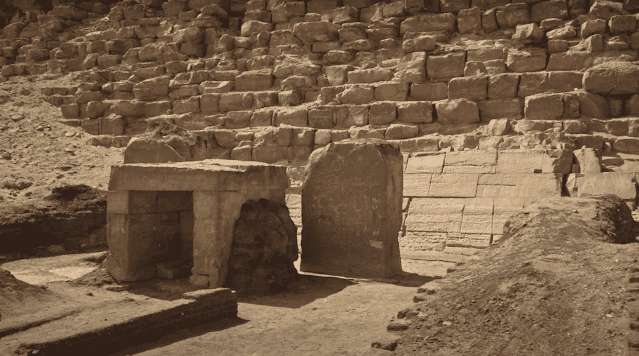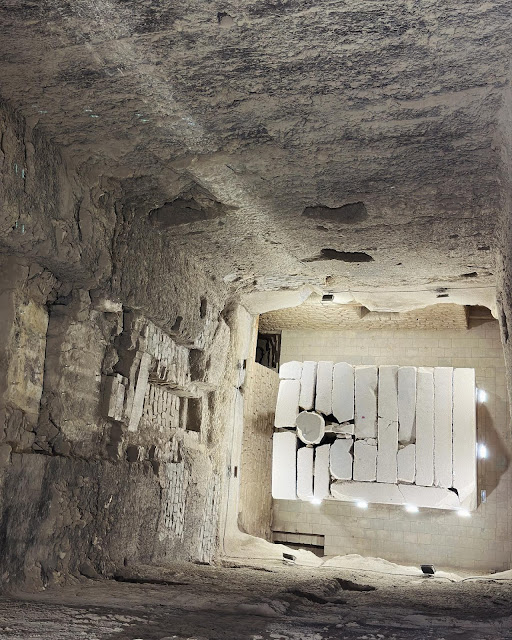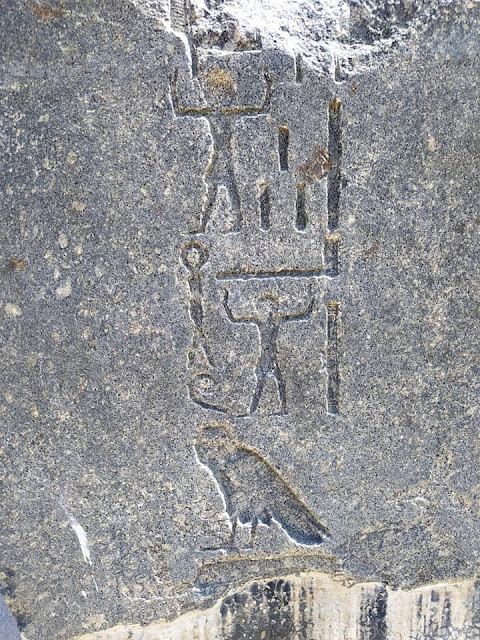The Bent Pyramid in Dahshur stands as a testament to the innovative spirit and architectural prowess of ancient Egypt. Located about 40 kilometers south of Cairo, this remarkable structure offers a unique glimpse into the evolutionary history of pyramid construction. If you're planning a trip to Egypt or simply have a fascination with ancient wonders, the Bent Pyramid should undoubtedly be on your list of must-see sites.
What are the bent pyramids in Egypt?
Commissioned by Pharaoh Sneferu during the Old Kingdom around 2600 BCE, the Bent Pyramid is one of the earliest pyramids built by the ancient Egyptians. What makes this pyramid particularly fascinating is its unusual shape. Unlike the straight-sided pyramids that came later, the Bent Pyramid's lower half rises at a steep angle of 54 degrees, while the upper half tapers off at a gentler angle of 43 degrees. This unique design has puzzled historians and archaeologists for decades.
The Bent Pyramid's distinctive shape is not just an aesthetic choice but a significant step in the evolution of pyramid construction. Initially intended to be a true pyramid with smooth sides, the change in angle was likely due to structural concerns. The steep angle of the lower portion may have caused instability, prompting builders to alter the design midway through construction. This adjustment allowed the pyramid to be completed without risking collapse, showcasing the ancient Egyptians' adaptability and engineering skills.
Visiting the Bent Pyramid
Visiting the Bent Pyramid offers a unique experience, as it is one of the few pyramids where visitors can explore the interior. Here are some tips for making the most of your visit:
Getting There: Dahshur is a short drive from Cairo, making it an easy day trip. You can hire a taxi or join a guided tour that includes transportation and a knowledgeable guide.
What to Bring: Comfortable walking shoes, a hat, and plenty of water are essential, as the site involves a fair amount of walking and can get quite hot.
Exploring the Interior: Be prepared for narrow passages and steep inclines when venturing inside the pyramid. It's an exhilarating experience but may not be suitable for those with claustrophobia or mobility issues.
The Bent Pyramid has two entrances, one on the north side, with modern wooden stairs, and the other is high on the west side. Each entrance leads to a chamber with a corbelled roof, giving this gradual effect. The northern entrance chamber is below ground level. As for the western entrance chamber, it is built higher up in the body of the Bent Pyramid.
Photography: The exterior of the Bent Pyramid is a photographer's dream. Capture the pyramid from different angles to appreciate its unique structure.
Nearby Attractions Bent Pyramid
While in Dahshur, take the opportunity to visit other nearby pyramids and sites:
The Red Pyramid: Also built by Sneferu, this pyramid is considered the first true smooth-sided pyramid and offers another fascinating glimpse into ancient Egyptian architecture.
The Black Pyramid: Although in a state of ruin, this pyramid adds to the rich tapestry of Dahshur's historical landscape.
Memphis and Saqqara: Located nearby, these sites offer additional ancient wonders, including the Step Pyramid of D



















.jpg)








.jpg)





















_13.jpg)
.jpg)

